
Lieutenant General Augustus Henry Lane Fox Pitt Rivers was an English officer in the British Army, ethnologist, and archaeologist. He was noted for innovations in archaeological methodology, and in the museum display of archaeological and ethnological collections. His international collection of about 22,000 objects was the founding collection of the Pitt Rivers Museum at the University of Oxford while his collection of English archaeology from the area around Stonehenge forms the basis of the collection at The Salisbury Museum in Wiltshire.

The Roman road from Silchester to Bath connected Calleva Atrebatum (Silchester) with Aquae Sulis (Bath) via Spinae (Speen), Cunetio and Verlucio. The road was a significant route for east–west travel and military logistics in south-east England during the 1st to 5th centuries.

Malacology is the branch of invertebrate zoology that deals with the study of the Mollusca, the second-largest phylum of animals in terms of described species after the arthropods. Mollusks include snails and slugs, clams, and cephalopods, along with numerous other kinds, many of which have shells. Malacology derives from Ancient Greek μαλακός (malakós) 'soft', and -λογία (-logía).

John Obadiah Westwood was an English entomologist and archaeologist also noted for his artistic talents. He published several illustrated works on insects and antiquities. He was among the first entomologists with an academic position at Oxford University. He was a natural theologian, staunchly anti-Darwinian, and sometimes adopted a quinarian viewpoint. Although he never travelled widely, he described species from around the world on the basis of specimens, especially of the larger, curious, and colourful species, obtained by naturalists and collectors in England.
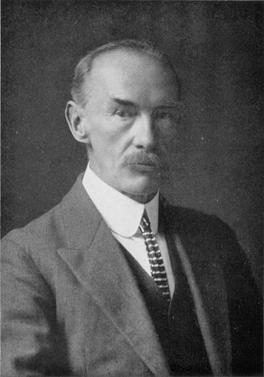
Reginald Innes Pocock F.R.S. was a British zoologist.
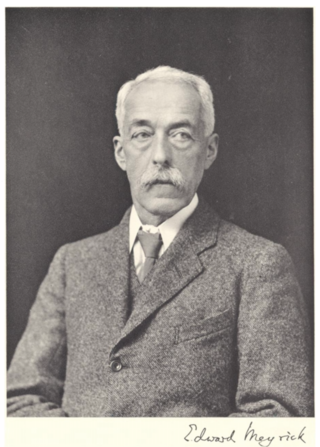
Edward Meyrick was an English schoolmaster and amateur entomologist. He was an expert on microlepidoptera and some consider him one of the founders of modern microlepidoptera systematics.

The Philosophical Magazine is one of the oldest scientific journals published in English. It was established by Alexander Tilloch in 1798; in 1822 Richard Taylor became joint editor and it has been published continuously by Taylor & Francis ever since.
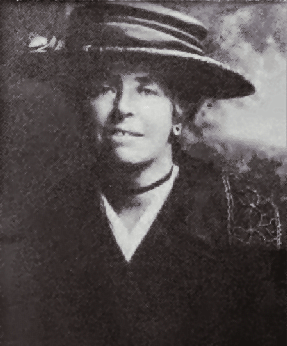
Maud Edith Cunnington was a Welsh archaeologist, best known for her pioneering work on some of the most important prehistoric sites of Salisbury Plain.

Sir Harold Brakspear KCVO was an English restoration architect and archaeologist.
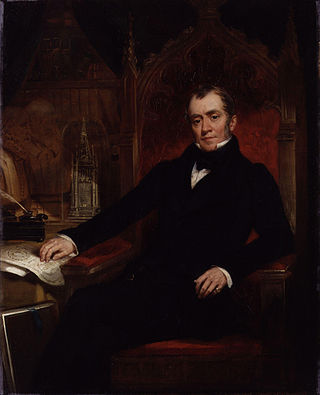
John Britton was an English antiquary, topographer, author and editor. He was a prolific populariser of the work of others, rather than an undertaker of original research. He is remembered as co-author of nine volumes in the series The Beauties of England and Wales (1801–1814); and as sole author of the Architectural Antiquities of Great Britain and Cathedral Antiquities of England.
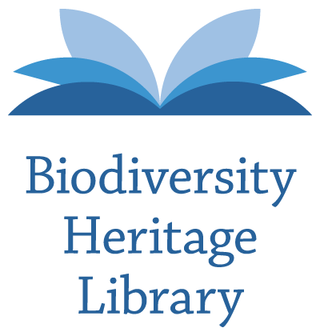
The Biodiversity Heritage Library (BHL) is the world’s largest open access digital library for biodiversity literature and archives. BHL operates as a worldwide consortium of natural history, botanical, research, and national libraries working together to address this challenge by digitizing the natural history literature held in their collections and making it freely available for open access as part of a global "biodiversity community". The BHL consortium works with the international taxonomic community, publishers, bioinformaticians, and information technology professionals to develop tools and services to facilitate greater access, interoperability, and reuse of content and data. BHL provides a range of services, data exports, and APIs to allow users to download content, harvest source data files, and reuse materials for research purposes. Through taxonomic intelligence tools developed by Global Names Architecture, BHL indexes the taxonomic names throughout the collection, allowing researchers to locate publications about specific taxa. In partnership with the Internet Archive and through local digitization efforts, BHL's portal provides free access to hundreds of thousands of volumes, comprising over 59 million pages, from the 15th-21st centuries.

The Wiltshire Museum, formerly known as Wiltshire Heritage Museum and Devizes Museum, is a museum, archive and library and art gallery established in 1874 in Devizes, Wiltshire, England. The museum was created and is run by the Wiltshire Archaeological and Natural History Society, a registered charity founded in 1853.
The Wiltshire Archaeological and Natural History Society was founded in 1853, and is one of the largest county-based archaeological societies in the United Kingdom. It runs the Wiltshire Museum in Devizes, Wiltshire which has the best Bronze Age collections in Britain, including finds from Avebury and Stonehenge. It also publishes the annual Wiltshire Archaeological and Natural History Magazine.

Monkton Deverill is a village and former civil parish, now in the parish of Kingston Deverill, in Wiltshire, England, about five miles south of Warminster and four miles north-east of Mere. The area has been part of Kingston Deverill parish since 1934. It lies on the River Wylye and forms part of a group of villages known as the Upper Deverills. In 1931 the parish had a population of 108.
The Tropenell Cartulary is an English medieval manuscript cartulary compiled for Thomas Tropenell, a Wiltshire landowner, in the 15th century.
Ralph Bernard Pugh was an historian and editor of the Victoria History of the Counties of England from 1949 to 1977.
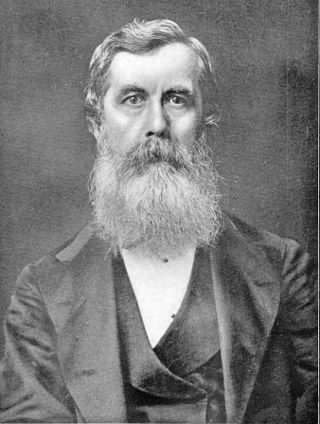
Frederic Moore FZS was a British entomologist and illustrator. He produced six volumes of Lepidoptera Indica and a catalogue of the birds in the collection of the East India Company.
Eric James Bodington was an eminent Anglican priest and author in the early decades of the twentieth century.
John Edward Jackson was an English clergyman of the Church of England, antiquary, and archivist.
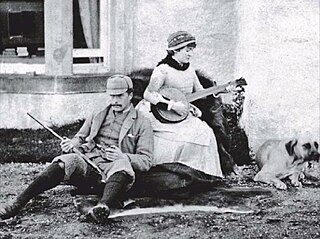
Sir Henry Bruce Meux, 3rd Baronet was an English baronet, the son of Sir Henry Meux, 2nd Baronet (1817–1883), a brewer and politician.














